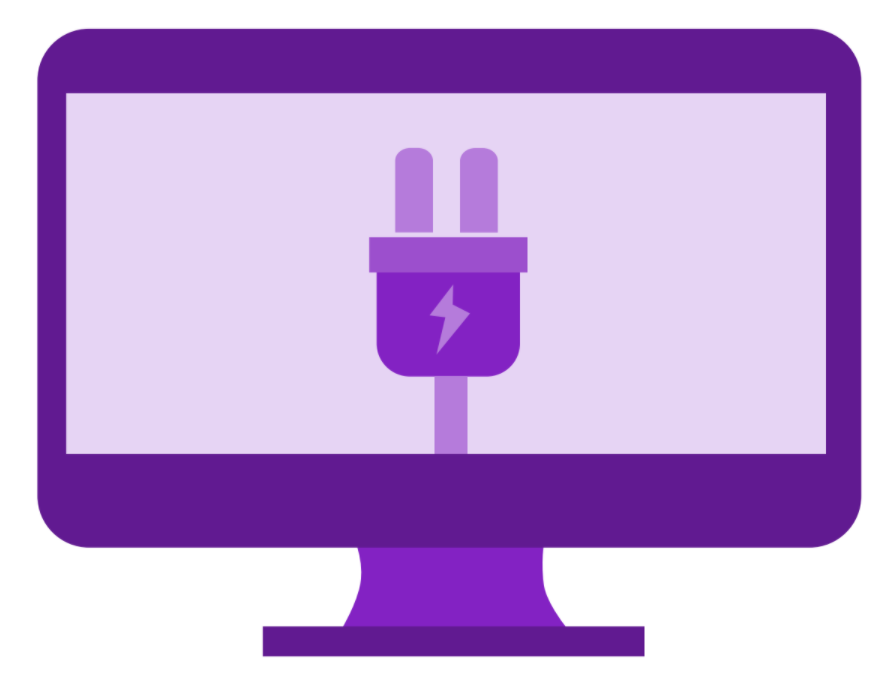Technology reshaping learning after COVID-19
BLOT GRAPHIC BY DANI McLAUGHLIN
Students are becoming more reliable on technology after virtual learning.
September 17, 2021
Technology assumed a significant role in education due to the COVID-19 pandemic. Google Meets had replaced the textbooks and lectures of the traditional classroom and students rarely completed hand-written assignments.
Although many schools across the country are returning to in-person instruction this fall, there is no doubt that educational technology is here to stay. The collective experience of online education has dramatically changed the way students learn. According to a RAND Corporation survey of school districts, one in five parents are planning or contemplating a post-pandemic virtual schooling option.
In a virtual roundtable discussion on NJ Spotlight News, school administrators and educators reported their plans on reopening in the fall.
“The pandemic was incredibly challenging, but perhaps there are opportunities for us to reenvision how instructional technology can be used in the classroom to maximize student engagement and maybe promote even higher levels of learning than we’ve had before,” said Lisa Gleason of the Assistant Commissioner of the New Jersey Department of Education.
Through technology, students have found new opportunities to improve their learning. There is no such thing as a one-size-fits-all solution to education, and technology has helped teachers respond to different learning styles by building a more inclusive learning environment. This is one thing many educators hope to carry into the new school year.
This sentiment is shared by many students. CHS junior Henry Frieman of Holmdel shared how his learning style shifted because of remote learning.
“Instead of writing everything down, I just turned everything to my Mac,” Frieman said. “Nothing was physical, everything was virtual.”
Frieman explained that he plans on using his laptop to take notes in the coming school year, adding that he may incorporate a notebook or two if need be.
Remote learning also brought light to the issue of technological disparity among students which was largely seen across the United States. Some children without reliable internet access and technology struggled to participate in digital learning. This was an opportunity to reimagine teaching and ensure that no student was benefited over the other.
“As we chart the path to the future, educators, parents, and elected officials must work together to ensure every student and every educator can learn and work in spaces that are safe, supportive, enriching, and equitable,” said National Education Association (NEA) President Becky Pringle.





